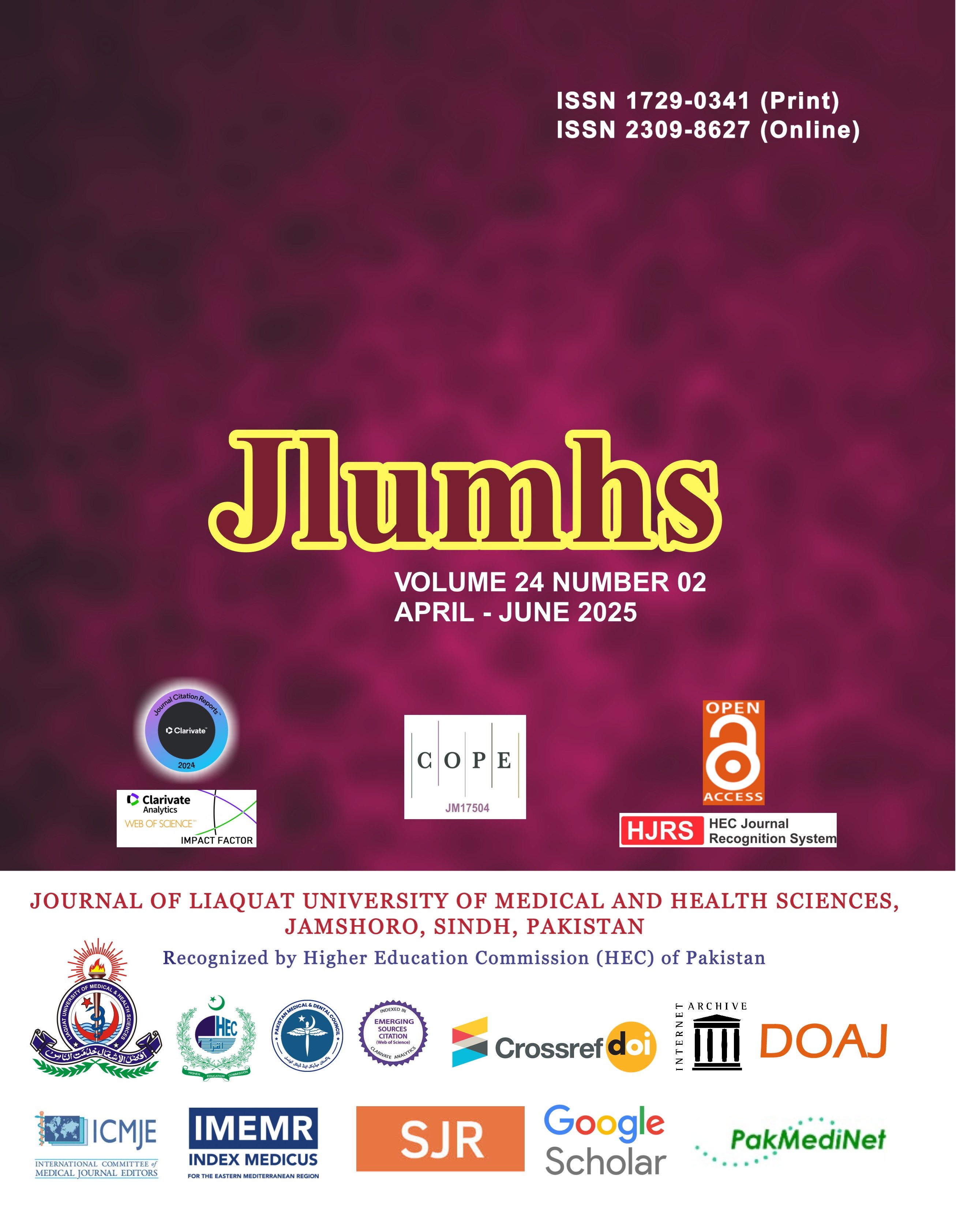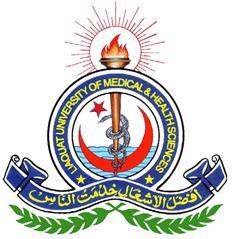Health Systems Science: A Third Pillar of Medical Education
Keywords:
health, medical education, health system scienceAbstract
After the Flexner report more than a century ago (published in 1910) and subsequent curricular reforms in medical education, medical education and its curriculum have continuously evolved concerning advancement in medical sciences and technology globally, especially in developed countries1. With the guidance of Abraham Flexner, William Osler, and other medical educationists, a curriculum was developed in the early twentieth century, focusing on students' learning in the preclinical and clinical years, which is now commonly referred to as a traditional curriculum. This curriculum is based on two pillars, namely fundamental or foundational science and clinical science.
References
Buja LM. Medical education today: all that glitters is not gold. BMC Med Educ. 2019; 19: 110. doi: 10.1186/s12909-019-1535-9.
Gonzalo JD, Chang A, Dekhtyar M, Starr SR, Holmboe E, Wolpaw DR. Health Systems Science in Medical Education: Unifying the Components to Catalyze Transformation. Acad Med. 2020; 95(9): 1362–1372. doi: 10.1097/ACM.00000000000 03400.
Rowe RJ, Bahner I, Belovich AN, Bonaminio G, Brennemen A, Brooks WS et al. Evolution and Revolution in Medical Education: Health System Sciences (HSS). Med Sci Educ. 2020; 31(1): 291-296. doi: 10.1007/s40670-020-01166-x.
National Academies Sciences, Engineering, Medicine. Health Systems Science Education: Proceedings of a Workshop. Washington, DC 2024. The National Academies Press. Available from: https://doi.org/10.17226/27740
Downloads
Published
How to Cite
Issue
Section
License
Copyright (c) 2025 Journal of Liaquat University of Medical & Health Sciences

This work is licensed under a Creative Commons Attribution-NonCommercial-ShareAlike 4.0 International License.
Submission of a manuscript to the journal implies that all authors have read and agreed to the content of the undertaking form or the Terms and Conditions.
When an article is accepted for publication, the author(s) retain the copyright and are required to grant the publisher the right of first publication and other non-exclusive publishing rights to JLUMHS.
Articles published in the Journal of Liaquat University of Medical & health sciences are open access articles under a Creative Commons Attribution-Noncommercial - Share Alike 4.0 License. This license permits use, distribution and reproduction in any medium; provided the original work is properly cited and initial publication in this journal. This is in accordance with the BOAI definition of open access. In addition to that users are allowed to remix, tweak and build upon the work non-commercially as long as appropriate credit is given and the new creations are licensed under the identical terms. Or, in certain cases it can be stated that all articles and content there in are published under creative commons license unless stated otherwise.























